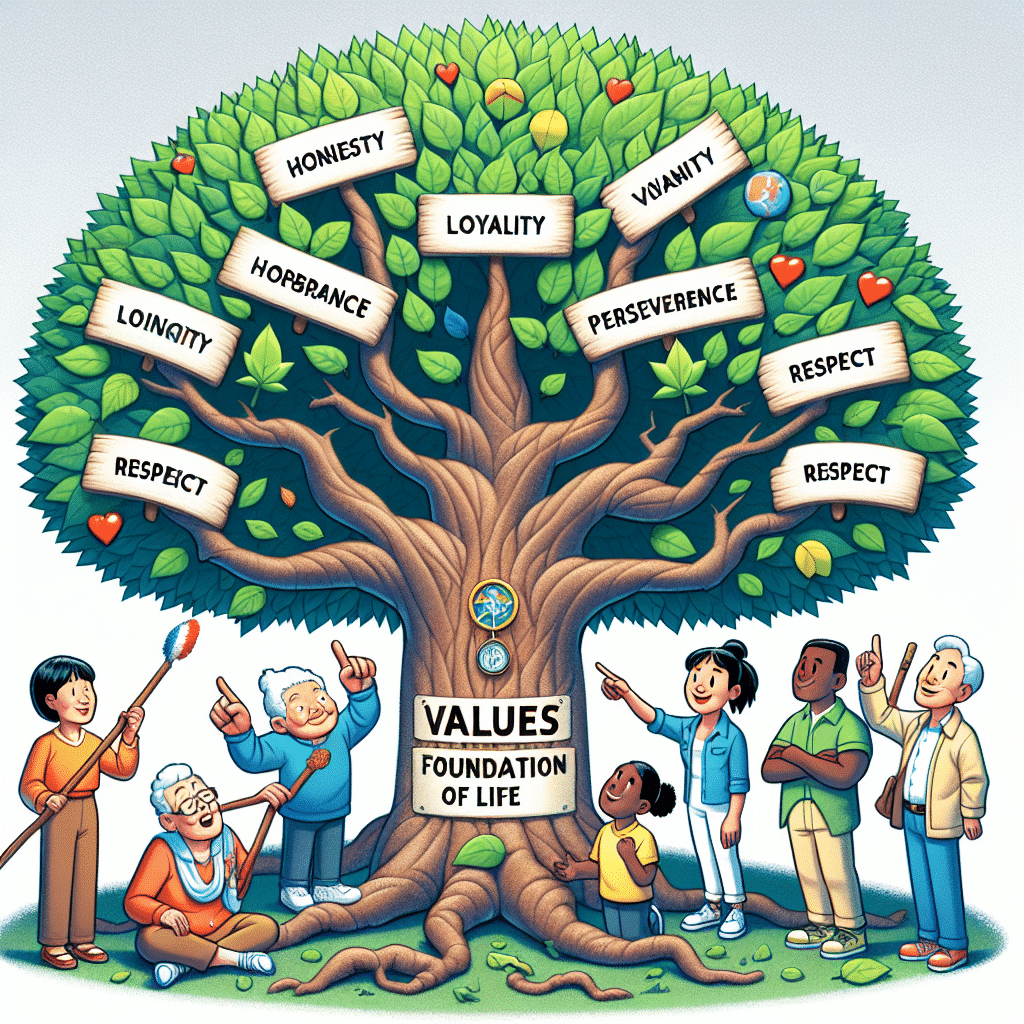
Inner peace is a state of tranquility and harmony within oneself, free from stress and anxiety. It involves finding a sense of calmness and contentment despite external circumstances. Understanding the philosophy behind inner peace can help individuals cultivate this state of being and maintain it amidst life’s challenges.
Understanding the Philosophy Behind Inner Peace
Inner peace is a state of being where one experiences a sense of tranquility, harmony, and balance within oneself. It is a profound sense of calm that transcends external circumstances and allows individuals to navigate life’s challenges with grace and equanimity. The philosophy behind inner peace is rooted in various philosophical traditions, including Eastern philosophies like Buddhism and Taoism, as well as Western philosophies such as Stoicism and existentialism.
In Eastern philosophies, inner peace is often associated with the concept of mindfulness, which involves being fully present in the moment and cultivating awareness of one’s thoughts and emotions without judgment. This philosophy emphasizes the importance of letting go of attachment to outcomes and embracing impermanence as a natural part of life.
On the other hand, Western philosophies like Stoicism focus on the power of reason and self-discipline in achieving inner peace. Stoics believe that true peace comes from accepting what is beyond our control and focusing on developing virtues like courage, wisdom, and justice in the face of adversity.
Existentialist philosophers like Jean-Paul Sartre and Albert Camus explore the concept of inner peace in the context of navigating life’s inherent uncertainties and absurdities. They advocate for embracing the freedom to create meaning and purpose in a seemingly chaotic world, finding solace in the act of authentic self-expression and personal responsibility.
Overall, the philosophy behind inner peace encourages individuals to cultivate self-awareness, emotional resilience, and a deep sense of interconnectedness with themselves and the world around them. By understanding the underlying principles of inner peace, individuals can embark on a transformative journey towards greater self-fulfillment, spiritual growth, and emotional well-being.
Practicing Mindfulness Techniques for Inner Peace
In the pursuit of inner peace, one of the most effective practices is mindfulness. This concept involves being fully present in the moment, without judgment or attachment to thoughts or emotions. By focusing on the present moment, individuals can reduce stress, anxiety, and feelings of overwhelm, leading to a greater sense of inner peace.
One way to cultivate mindfulness is through mindfulness meditation. This practice involves sitting quietly and paying attention to the breath, bodily sensations, or sounds around you. By bringing your awareness to the present moment, you can quiet the mind and let go of racing thoughts that contribute to inner turmoil.
In addition to formal meditation, you can practice mindfulness throughout your day by engaging in everyday activities with full awareness. This might involve savoring a meal without distractions, paying attention to the sensations of walking or standing, or simply taking a few moments to breathe deeply and ground yourself in the present moment.
Another helpful technique for mindfulness is body scanning, where you systematically bring your attention to different parts of your body, noticing any tension or discomfort and allowing it to release. This practice can help you connect with your body and quiet the mind, promoting a sense of inner calm and peace.
By incorporating mindfulness techniques into your daily life, you can begin to cultivate a greater sense of inner peace and tranquility. Remember that mindfulness is a practice that takes time and patience to develop, so be gentle with yourself as you explore these techniques and work towards a more peaceful state of mind.

Cultivating Gratitude and Acceptance for Inner Peace
Gratitude and acceptance are two key components in achieving inner peace. Cultivating a mindset of gratitude involves acknowledging and appreciating the good things in your life, no matter how small they may seem. By focusing on the positive aspects of your life, you can shift your perspective from one of lack to one of abundance, leading to a greater sense of contentment and peace.
Similarly, practicing acceptance involves acknowledging and embracing your thoughts, feelings, and circumstances without judgment or resistance. By accepting things as they are, you can release the need for control and find a sense of peace in the present moment.
The Role of Gratitude
Gratitude is a powerful tool for shifting your mindset and cultivating inner peace. By taking the time to reflect on the things you are grateful for, you can train your mind to focus on the positive aspects of your life, rather than dwelling on the negative. This simple practice can help you feel more content, optimistic, and at peace with yourself and the world around you.
The Importance of Acceptance
Acceptance is another key element in achieving inner peace. By learning to accept and make peace with your thoughts, emotions, and experiences, you can free yourself from the burden of resistance and find a deeper sense of tranquility and acceptance. When you embrace things as they are, you can let go of the need for control and find a greater sense of peace in the present moment.
Overall, cultivating gratitude and acceptance are essential practices in the pursuit of inner peace. By focusing on the positive aspects of your life and learning to accept things as they are, you can cultivate a sense of contentment, serenity, and peace within yourself.
Incorporating Meditation and Self-Reflection for Inner Peace
One of the key components of achieving inner peace is through the practice of meditation and self-reflection. By incorporating these practices into your daily routine, you can cultivate a sense of calm and contentment within yourself.
Meditation
Meditation is a powerful tool for achieving inner peace. Through meditation, you can quiet the noise of the outside world and tune into your inner thoughts and emotions. By setting aside dedicated time each day for meditation, you can create a sense of stillness and tranquility within yourself. This practice allows you to let go of stress, anxiety, and negative thoughts, and instead focus on the present moment.
There are many different forms of meditation, including mindfulness meditation, loving-kindness meditation, and guided visualization. Experiment with different techniques to find what works best for you. Consistency is key when it comes to meditation, so try to establish a regular practice that you can commit to each day.
Self-Reflection
Self-reflection is another important aspect of achieving inner peace. By taking time to reflect on your thoughts, beliefs, and actions, you can gain a deeper understanding of yourself and your place in the world. Self-reflection allows you to identify areas of growth and improvement, as well as acknowledge your strengths and accomplishments.
Journaling is a popular method of self-reflection, as it allows you to capture your thoughts and feelings on paper. Take time each day to write down your reflections, observations, and experiences. This process can be incredibly cathartic and can help you gain clarity and perspective on your life.
Overall, incorporating meditation and self-reflection into your daily routine can help you cultivate a sense of inner peace and well-being. By taking the time to quiet your mind, tune into your inner self, and reflect on your experiences, you can create a more harmonious and balanced life.

Conclusion:
Embracing the philosophy of inner peace is a journey towards self-awareness and contentment. By understanding the importance of mindfulness, gratitude, acceptance, meditation, and self-reflection, individuals can cultivate a sense of tranquility and harmony within themselves.
Practicing these techniques regularly can lead to a more balanced and peaceful state of mind, enabling individuals to navigate life’s challenges with grace and resilience.
Incorporating the principles of inner peace into daily life not only benefits individuals personally, but also has a ripple effect on their relationships and interactions with others, creating a more peaceful and harmonious environment overall.






